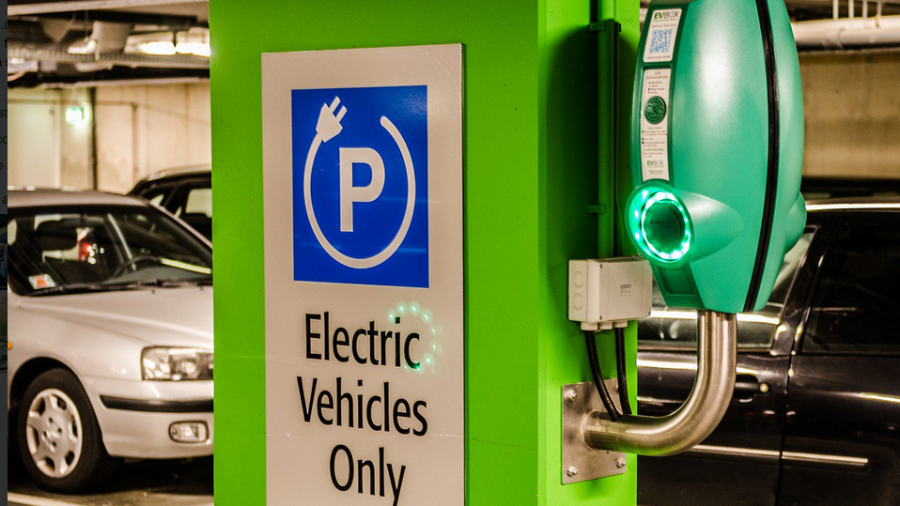Australians want but don’t buy electric vehicles (EVs). Surveys say they want them, but VFACTS statistics show they buy very few. Our governments, compared to others in the world, have done very little to encourage EVs. With all the mixed messages, it’s no wonder Australia is dawdling behind the rest.
Australians say they want EVs
Australia has the lowest uptake of EVs in the OECD. Yet, many surveys say Australians want to buy or would seriously consider buying EVs. Recent Roy Morgan research says:
- 51.6% would seriously consider buying a hybrid
- 36.2% are interested in EVs, the biggest shift of intention in 3 years
- 55.7% would consider hybrid or EVs.
Of course, interest and intentions are not the same as actual behaviour and, in this case, are highest for people with above average incomes.
A 2018 poll of 1,500 people showed fairly predictable results – most wanted the government to build charging networks, buy EV fleets and provide loans for electric vehicles. Most wanted the luxury car tax removed. These all shift responsibility towards the government, rather than potential EV buyers.
Meanwhile, buying an electric vehicle seems to go beyond an environmental concern. A recent UNSW study found this lagged behind other aspects of car purchase, such as price, registration cost and ease of recharging. Those most likely to buy an EV were female, middle aged, self-employed, or generally preferred more expensive cars anyway.
So while attitudes towards EVs are positive, buying them is another matter.
Australians do not buy elecric vehicles
Electric vehicles and hybrids are still the poor relations. Of 2.95 million light passenger vehicles at September 2018, only 1,700 are EVs and 28,000 are hybrids.
Meanwhile, 95% of EV sales come from only 10 countries and each one has strong policy support for them. China with 50% of world sales is followed by the US; the others are Japan, Canada, Norway, UK, France, Germany, Netherlands and Sweden.
When researchers ask people why they do not buy EVs, they usually say: high purchase price, inadequate driving range and uncertainty where to recharge.
Mixed messages from governments
Meanwhile, there are few government incentives in Australia, compared to other countries.
Mixed messages from federal and state governments suggest they are not quite sure what they want.
- Only 10 EVs in the Australian government passenger fleet of 5,735 vehicles
- Concern that a further 1 million EVs would create 2% more demand from the grid
- EV owners do not pay any fuel tax (a road funding “black hole”)
- Emissions rules may jeopardise consumer freedom of choice.
The one-page National Strategy for Electric Vehicles says EVs must be “sensibly managed” but goes no further. The NSW Electric and Hybrid Vehicle Plan, part of Future Transport 2056, fails to mention incentives, except to use off-peak electricity for charging.
What would it take to buy EVs?
Experts recognise government incentives are crucial to encouraging EV purchase. Here is a comparison of current incentives for EVs in Norway (the EV capital), NSW and ACT:
| Incentives for EVs | Norway | NSW | ACT |
| Emissions regulations | Yes | – | – |
| Direct vehicle subsidy | Yes | Lower rate loans | Lower rate loans |
| Stamp duty and GST/VAT | Exempt plus others pay high stamp duty | Lower vehicle tax | 20% off rego, no stamp duty |
| Road tolls | Free | – | – |
| Recharge sites | Free | – | Incentives to build |
| Parking | Free | – | Privileges |
| Transit lanes | Access | – | Access |
| Government fleet policy | Yes | Trials | Yes |
| Information and education | Yes | Yes | Yes |
| EV public transport | Already running | Trials | Trials |
Once purchased, EV owners could save $2,326 each year in maintenance and running costs. EVs cost only 3 cents per kilometre to run, a third of a fuelled vehicle. But most vehicle buyers are put off before they get the chance to enjoy daily savings.
Slow demand in Australia could deter EV manufacturers from investing in our market and reduce the number of EV models. This in turn makes electric vehicles more expensive and less attractive to Australian buyers.


your opinion matters: